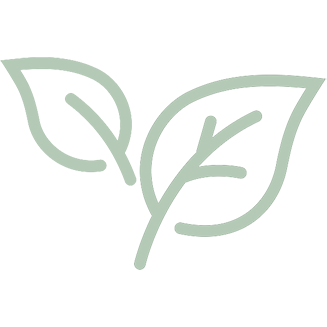Last week I posted about children’s mark making, and where they tend to start. First children experience the joy of making their mark; the recognition that they have the power to change things in their world. Once they have discovered this, children begin to take control of the act of mark making in a different way, beginning to explore what the process and the look of the mark in different ways.
Some educators and experts refer to the early stages of mark making as ‘scribbling’ – where the child is not trying to draw anything in particular, and neither do the marks look like anything in particular. What is more interesting at this stage is figuring out how to control the marker, and how to coordinate all those muscles at the same time, whilst simultaneously keeping the paper on the table and occasionally changing colours. This a complex dance children are choreographing!
In this stage of mark making, lines and shapes tend to join together, with no distinct stops and starts. Mark making tends to start with circles, or circular shapes, and then move into lines, both vertical and horizontal, although it is important to remember that each child’s journey through mark making is unique and may not fit within the typical pattern (this is no cause for alarm!). Children may draw layers of zig zags or round shapes, or one single large motion across the whole paper. The mark may only occupy one corner of the paper, or it may spread across all the space available, even going off the page. The mark might be in one colour or many. The child may stick with one particular style, or change things around, with every example looking different.

As children become more competent mark makers, they may begin to see patters or shapes emerging from their work, usually something familiar such as an animal, a cloud, a star. The child may not have intended to create such as shape (or they may have!) but they have recognised it after completing their work. It is quite usual for this shape to be exclusively recognisable the child who’s work it is, with others not quite seeing the mark the same way. The important thing here is what the child sees, and celebrating their perception of their work, rather than the child creating a ‘true’ representation of the object (this comes later).

This recognition of a ‘something’ within their work is a significant moment for the child; this may be the first time they have realised that a mark, a symbol that they have made, can be something, and can send a message. This is often the beginning of making meaning, as children begin to understand that marks can be a message, a communication, a symbol, a way of understanding or expressing their ideas. This is an important foundation for learning to write; after all, a letter is just a particular kind of mark!
